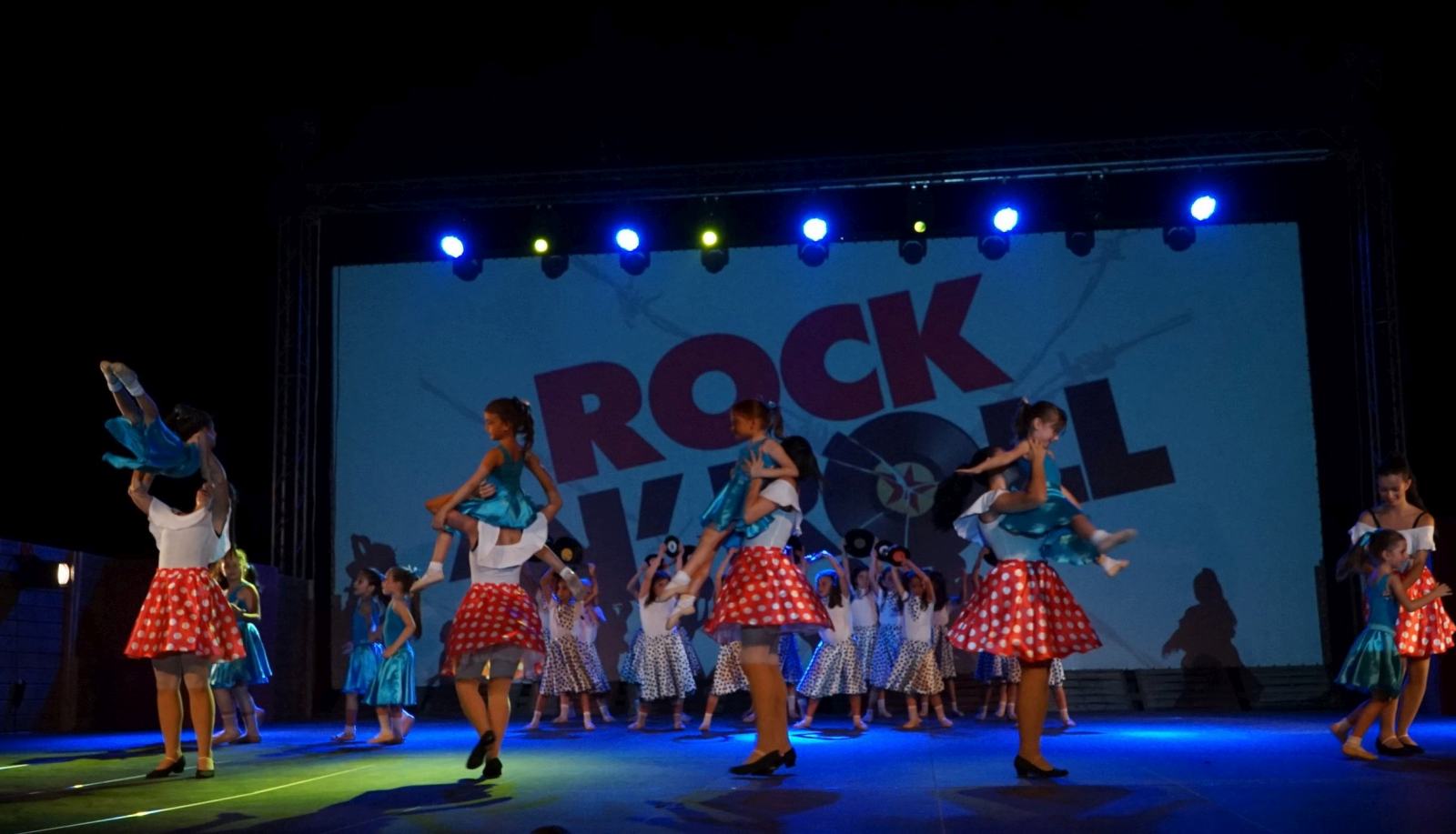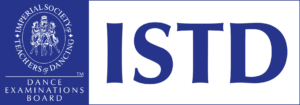
Modern Dance
The history of modern dance began in America in the late 1920s as a form reaction to the strict structures of ballet. The woman who laid the foundations of modern dance is considered by many to be Isadora Duncan. Duncan rejected the rules imposed by ballet on the technical performance of the steps, the costume and the setting of the dancers, considering that were contrary to human nature Having several supporters, she founded her own dance school where she taught encouraging her students to use dance as a means of expression and freedom. From 1980 onwards, contemporary dance was influenced by the culture of Latin America and Europe and developed into a theatrical style that influenced other types of dance.
Such as ballet and ballroom dancing.
 In our school for Modern Dance we teach the English system of I.S.T.D. The Imperial Society Teachers of Dancing was founded on July 25, 1904 in Covent Garden, London. Robert Maurice Crompton was its first President. The first ISTD conference was held in 1906 and then one conference was held each year, with the exception of one short period during the war years. His internal Dance Journal (now DANCE) was first published in September 1907.
In our school for Modern Dance we teach the English system of I.S.T.D. The Imperial Society Teachers of Dancing was founded on July 25, 1904 in Covent Garden, London. Robert Maurice Crompton was its first President. The first ISTD conference was held in 1906 and then one conference was held each year, with the exception of one short period during the war years. His internal Dance Journal (now DANCE) was first published in September 1907.
In 1924 the separate branches were formed, which later became schools and in 1925 the company became the “Imperial Society of Dance Teachers”. In 1945, the ISTD incorporated Victor Silvester into the new role of President.
The Imperial Society of Teachers of Dancing (ISTD) is an international dance teaching and examination committee based in London, England and one of the leading dance organizations in the world. The registered educational charity, as Imperial Society of Dance Teachers, provides training and examinations in a range of dance styles and certified dance teacher courses. ISTD is recognized by the Qualifications and Curriculum Authority and the Dance Education and Training Council and is also a member of the British Dance Council. It hosts various competitions in many different forms, such as Modern Ballroom, Latin American, Classical Ballet and Tap Dance as well as contemporary styles such as Disco Freestyle.
ISTD provides, through its recognized teachers, the exam material for children aged five and over (primary – grade 6) and for adolescents and professionals (intermediate foundation, intermediate, advanced 1 & 2). Dance degrees awarded by the Imperial Society of Teachers of Dancing are internationally recognized.
The purpose of its establishment was to promote the knowledge of dance and to improve the level of teaching and education.
It enables education for students and special education for people who want to become certified dance teachers in many dance styles. Supports and trains its members through a wide variety of courses, seminars and conferences, informing with detailed teaching programs and techniques on which it will train dancers and teachers. STD offers specific educational curriculum and methodology for each dance style and the opportunity for children, students and teachers to take exams
with presence of examiners specially trained and Certified by the Organization.

